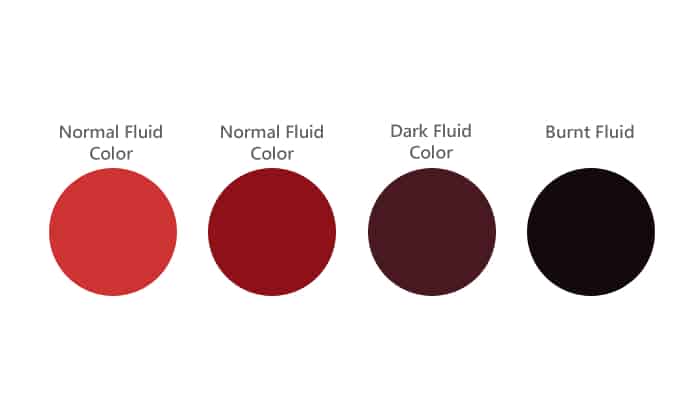Allison Transmission Fluid Capacity
When it comes to maintaining your vehicle’s transmission, one important aspect to consider is the fluid capacity. The Allison transmission, known for its durability and performance, requires the right amount of fluid to function optimally. In this article, we will discuss the transmission fluid capacity for Allison transmissions, providing you with the information you need to keep your vehicle running smoothly.
Transmission Fluid Capacity and Type
| Popular posts |
|---|
| What to do to prolong the life of your manual gearbox |
| Automatic transmission: what it is, how it works |
Before we delve into the specifics, let’s take a look at the transmission fluid capacity and type for Allison transmissions. It’s crucial to use the correct fluid and ensure you have the right amount to avoid any potential issues. Here’s a handy table that outlines the fluid capacity in both quarts and liters:
| Transmission Model | Fluid Capacity (Quarts) | Fluid Capacity (Liters) |
|---|---|---|
| Allison 1000 Series | 7.7 | 7.3 |
| Allison 2000 Series | 7.7 | 7.3 |
| Allison 3000 Series | 19.5 | 18.5 |
| Allison 4000 Series | 19.5 | 18.5 |
Now that you have the necessary information, let’s move on to the next steps.
Steps to Check and Fill Transmission Fluid
- Ensure your vehicle is parked on a level surface and the engine is turned off.
- Locate the transmission fluid dipstick. It is usually labeled and can be found near the engine.
- Remove the dipstick and wipe it clean with a lint-free cloth or paper towel.
- Reinsert the dipstick fully and then remove it again to check the fluid level.
- Observe the markings on the dipstick to determine if the fluid level is within the recommended range. If it is below the minimum mark, you need to add more fluid.
- Using a funnel, carefully pour the recommended transmission fluid into the dipstick tube. Be cautious not to overfill.
- Repeat steps 3 to 6 until the fluid level reaches the appropriate range.
- Once you’ve achieved the correct fluid level, securely reinsert the dipstick.
Remember, it’s essential to follow the manufacturer’s recommendations and use the recommended fluid type for your specific Allison transmission model. Using the wrong fluid or exceeding the fluid capacity can lead to transmission damage and costly repairs.
Conclusion
Now that you have a clear understanding of the transmission fluid capacity for Allison transmissions, you can confidently maintain your vehicle’s transmission system. Remember to refer to the table provided and follow the steps outlined to ensure your transmission is properly filled. By taking care of your transmission, you’ll enjoy smoother shifts and prolong the lifespan of your vehicle.
What Color Should Transmission Fluid Be?


